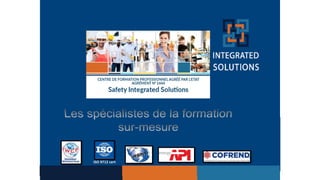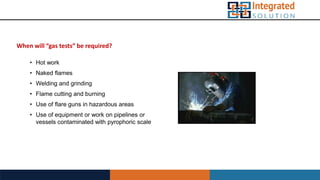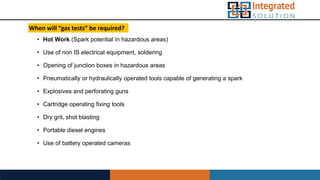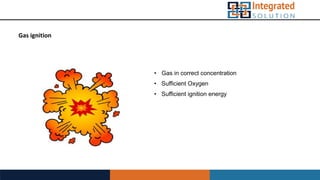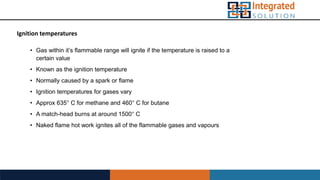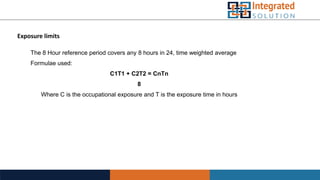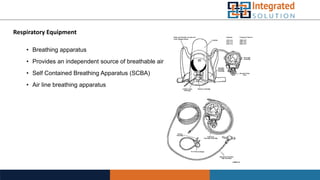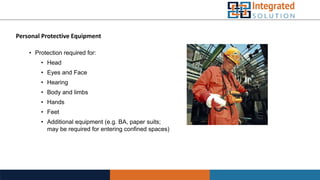Gas testing is required to ensure work areas are safe. There are three main types of gas tests - flammable, toxic/harmful, and oxygen content. Proper gas detection equipment must be calibrated and functional, with the tester knowledgeable about safe gas levels. Locations must be carefully checked, as gases can accumulate at different levels, and frequent testing may be needed when work is occurring.
